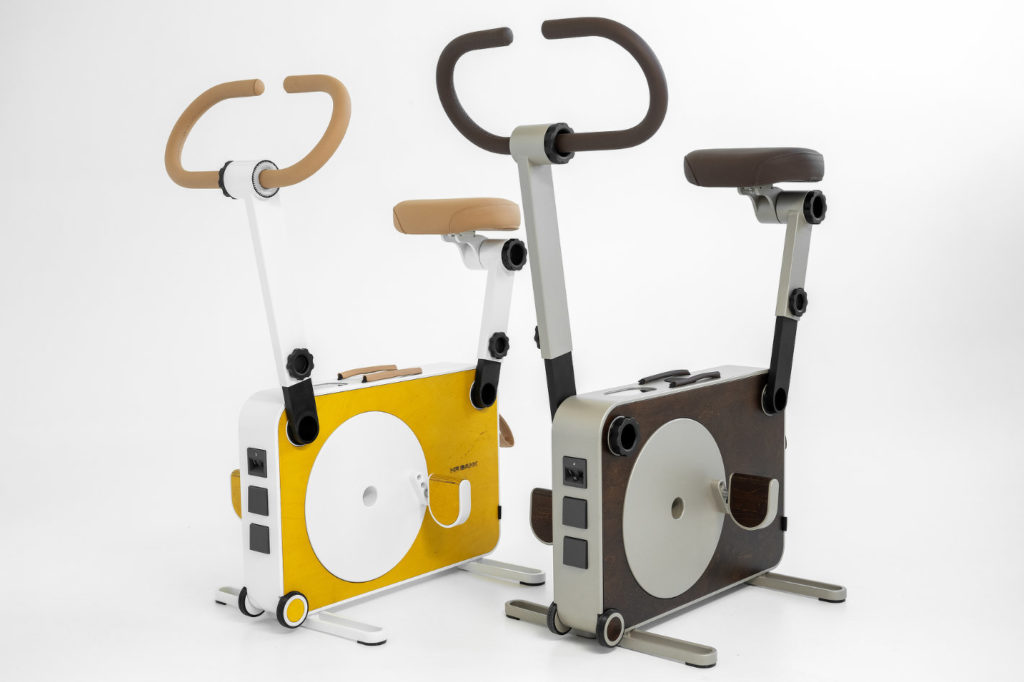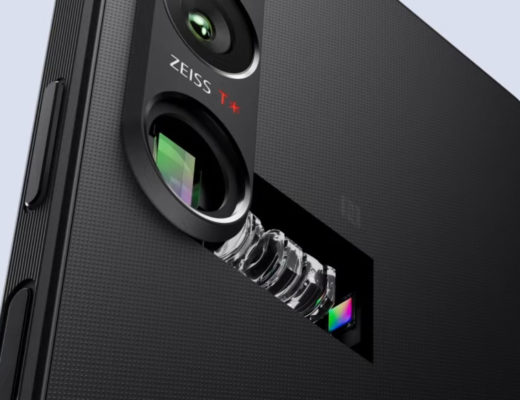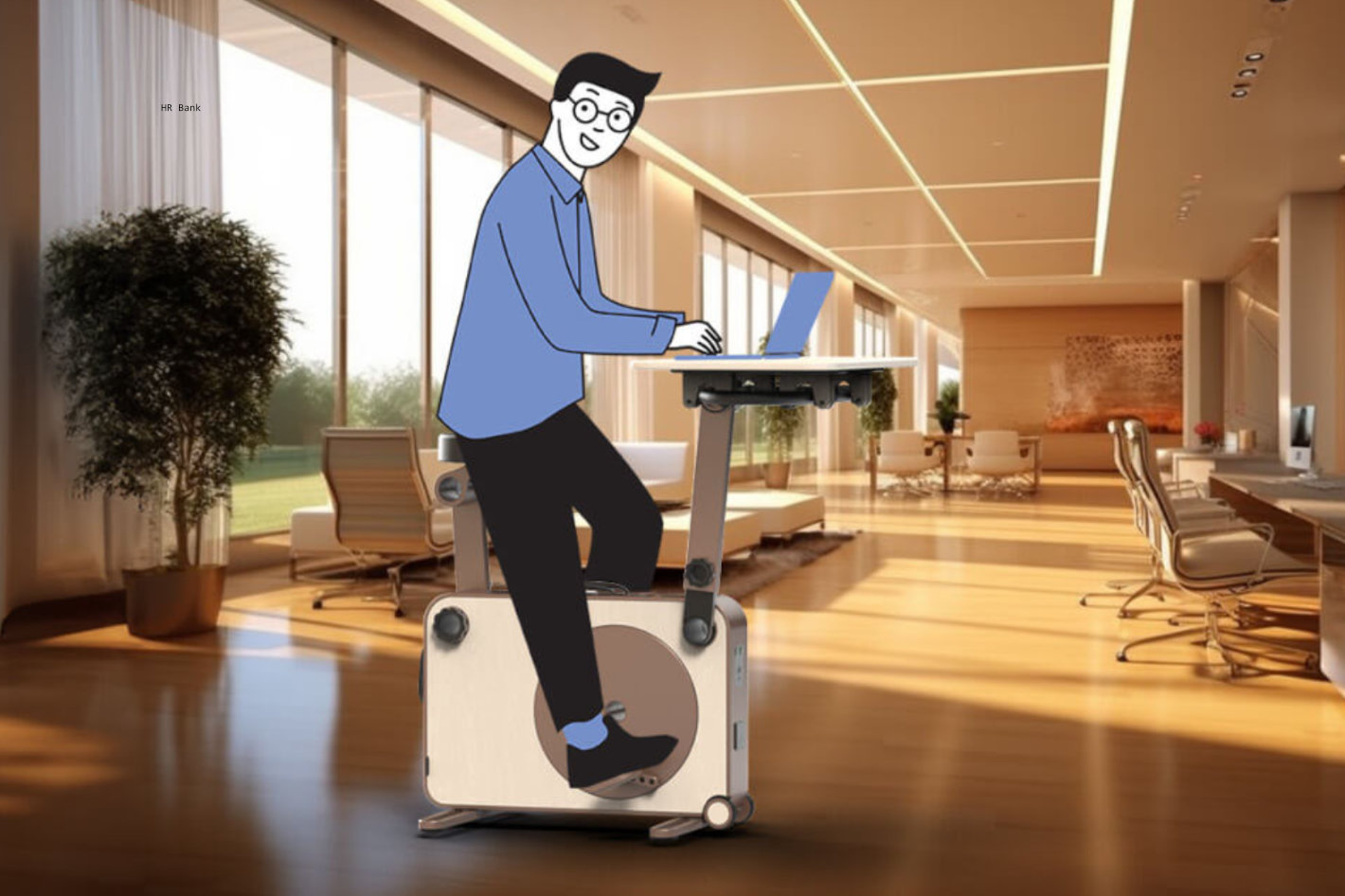 If you need to use your portable computer during a power outage, then HR Bank, an exercise bike, is the solution you need: 1 hour of pedaling is enough to fully charge a laptop!
If you need to use your portable computer during a power outage, then HR Bank, an exercise bike, is the solution you need: 1 hour of pedaling is enough to fully charge a laptop!
Rising temperatures, which just last year crossed the critical 1.5 Celsius threshold, are just one negative effect of global warming. An increasing number of extreme weather events are leaving millions without electricity every year, sometimes for days. In the future, such extreme weather events and consequent blackouts will affect even more people. Data from the International Energy Agency (IEA) shows that power outages are becoming more frequent, as well as more severe. Given these facts, it is becoming more prudent to invest in an alternative power source.
Many devices can help generate electricity during power outages. Which one is the best depends on specific needs and available budget. From generators to uninterruptible power supplies (UPS), there are many options to power a home in the event of a blackout. Every device has its pros and cons, and which one is the best depends on specific needs and available budget. Generators, for example, can provide enough energy to power all of a home’s appliances, but they are expensive and can cost thousands of dollars.
A more budget-friendly option may be portable generators. These can generate from a few to 10 kWh of energy, which would be enough to cover basic needs, such as powering a fridge, lights, or router until electricity is restored. However, most portable generators emit pollutants that are harmful to human health and the environment. To avoid carbon monoxide poisoning, a generator must stay outside of the home, meaning that it might not be a good option for people living in an apartment. Generators also emit foul-smelling fumes and noise.
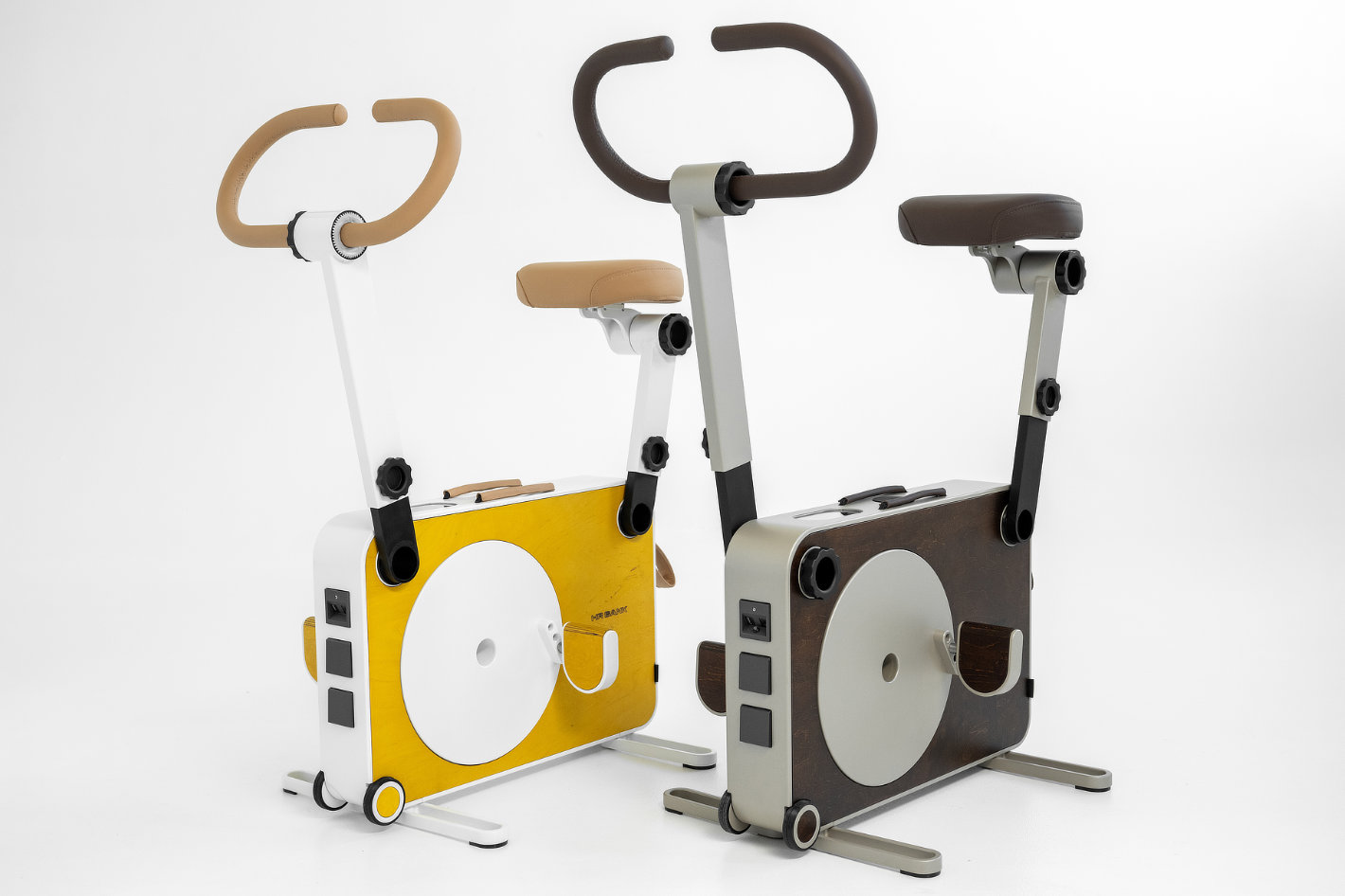 From the dynamo bike light to the HR Bank
From the dynamo bike light to the HR Bank
For those who prefer more sustainable solutions, solar generators would be a more suitable option. They are eco-friendly, safer, and easier to maintain. The same can be said about UPS or backup battery systems. But both UPS and backup battery systems have limitations in terms of battery life, and prolonged outages may exceed their battery capacities.
Flashlights and powerbanks with a hand-crank power generator are a good example of devices that allow you to keep the lights on, even during a power outage. The dynamo powered lights used on bikes are another good example of how to create electricity. A dynamo bike light relies on the power produced by a dynamo to work. Apart from a small battery or capacitor that keeps the light illuminated for a short time after you stop, a dynamo headlight requires your wheels to be spinning to provide illumination. But what would happen if the dynamo was connected to a larger power bank?
The result has a name: HR Bank, an exercise bike that can harness kinetic, solar, and wind energy, or tap into surplus electricity. The energy converted into electricity charges a built-in battery, enabling access to a sustainable source of energy for both people living in remote locations and urban dwellers, seeking to cut down on non-renewable energy consumption.
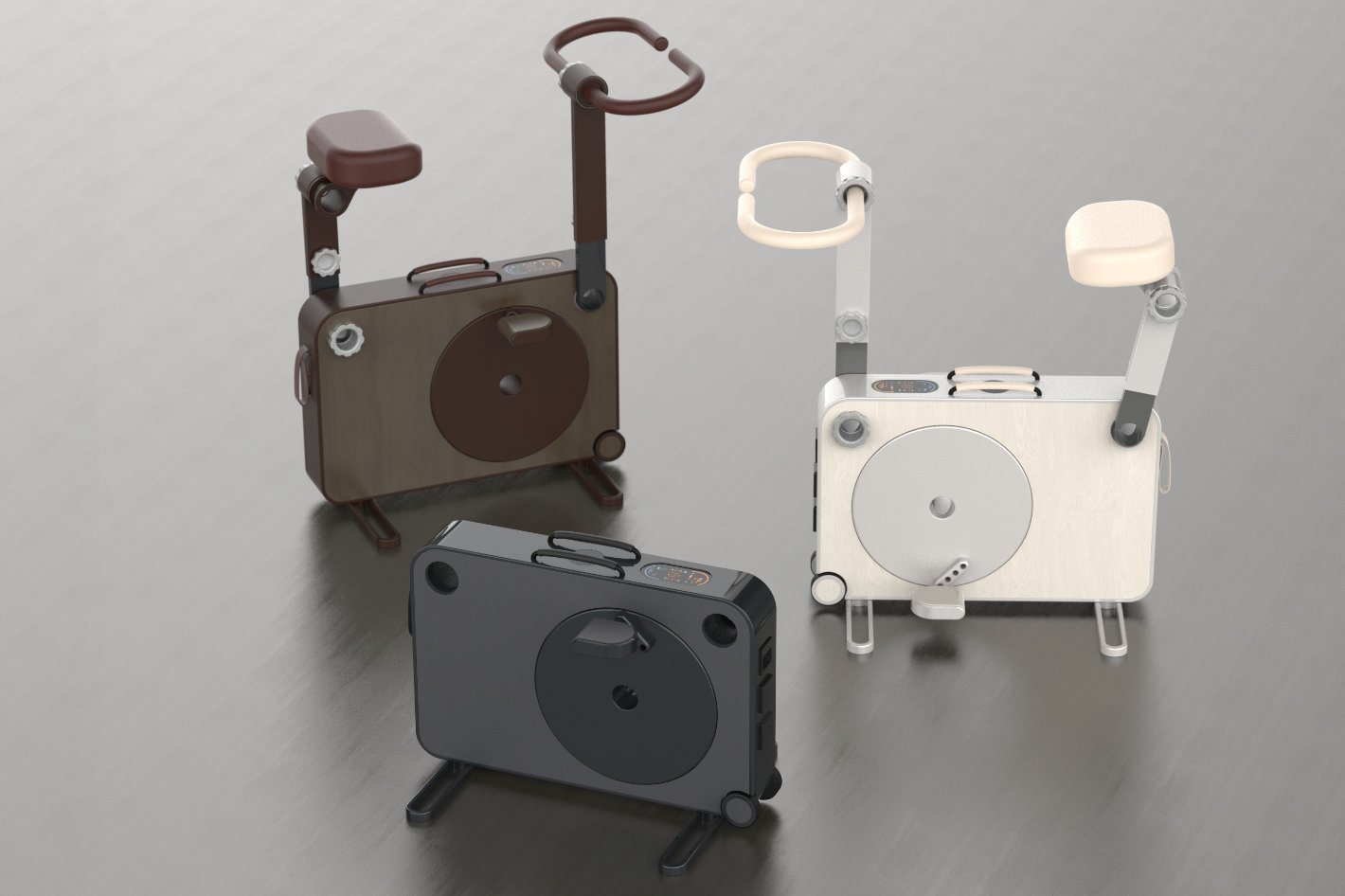 Pedal 15 minutes to charge a smartphone
Pedal 15 minutes to charge a smartphone
This eco-friendly solution that at first glance doesn’t look like a tool designed to assist during power outages has a 2 kWh battery that in the event of a blackout can power home appliances. Only seven minutes of pedaling the device generate enough electricity to charge a router for 1 hour while pedaling for 15 minutes is enough to fully charge a phone.
With a 2 kWh integrated battery you can:
- watch TV for 2 days straight
- keep the fridge going for 3 days
- microwave 100+ meals
- keep the light on for an entire week
- make 150 cups of coffee
- wash clothes 5 times
- charge 123 smartphones
- charge 20+ laptops
Although the numbers above are theoretical and real-life performance may differ, they do suggest the potential uses of the HR Bank. It’s more than just a fitness machine; it’s a game-changer in how we harness and utilize energy. Imagine having a powerhouse that stores electricity from various sources, allowing you to power and charge your home appliances. Capture the sun’s rays, harness kinetic energy, or tap into surplus electricity. With HR Bank, the possibilities are endless.
Need a real-world example of how the HR Bank can be used? According to Aurelijus Jaškulis, the co-founder and COO of Tukas EV, a Lithuanian startup that created the device, a good illustration of how the exercise bike could be used to produce electricity was a recent play in the Lithuanian National Drama Theatre, where two such devices were deployed to generate lighting for the entire 1.5-hour performance. Similarly, “HR Bank” can be utilized to generate lighting at home in the event of a blackout.
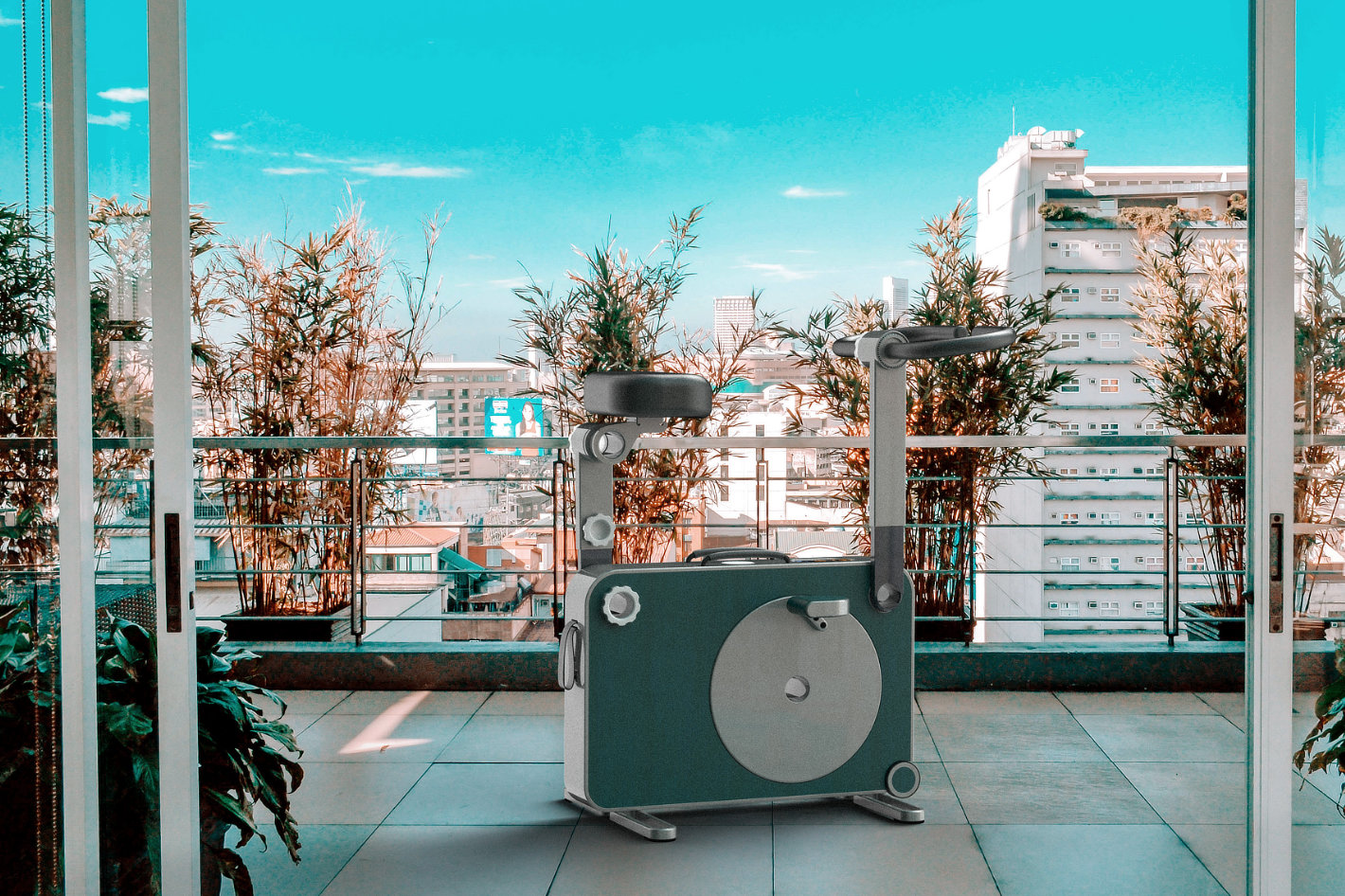 A dynamic workstation for your laptop
A dynamic workstation for your laptop
Nothing goes to waste when it comes to the HR Bank. “Knowing that fossil fuels, the main cause of greenhouse gas emissions, still account for over 60% of total global electricity generation, it is important to use green energy, even in the event of a power outage. That’s why in HR Bank we combined three different methods of storing green electricity,” says Aurelijus Jaškulis.
Jaškulis stresses that power outages are just one of many ways of how the “HR Bank” can be used. Since it is foldable, it can be taken to a camper, vacation home, or countryside house and charged with green energy or from a car generator. Simultaneously, while HR Bank is being pedaled or charged from an external source, it can also power any connected device, thus in total generating around 4-5 kWh of electricity every day.
“Each person will experience the benefits of the HR Bank differently. Someone may use it to build a zero-emission home and power it with an HR Bank. Or maybe a person will have a solar panel (portable, stationary, or other) on their balcony and will connect their HR Bank to a metropolitan apartment, and will be independent of the grid. In any case, the device can also be used in the event of a power outage,” says Jaškulis.
Tukas EV offers a variety of configuration options and even has a suggestion for a dynamic workstation with a large desk to place your laptop while pedaling, so you can do your daily exercise and use your computer at the same time. This “powerbank with pedals” which relies on human resources may be a welcome addition to many homes, as we realize that additional or backup sustainable electricity is an inevitable global need. The HR Bank from Tukas EV appears to be one of those solutions for the future. Price may be the barrier for many. The basic version of the HR Bank (with 750Wh capacity) costs more than €2500 (+/- $2700).

Filmtools
Filmmakers go-to destination for pre-production, production & post production equipment!
Shop Now